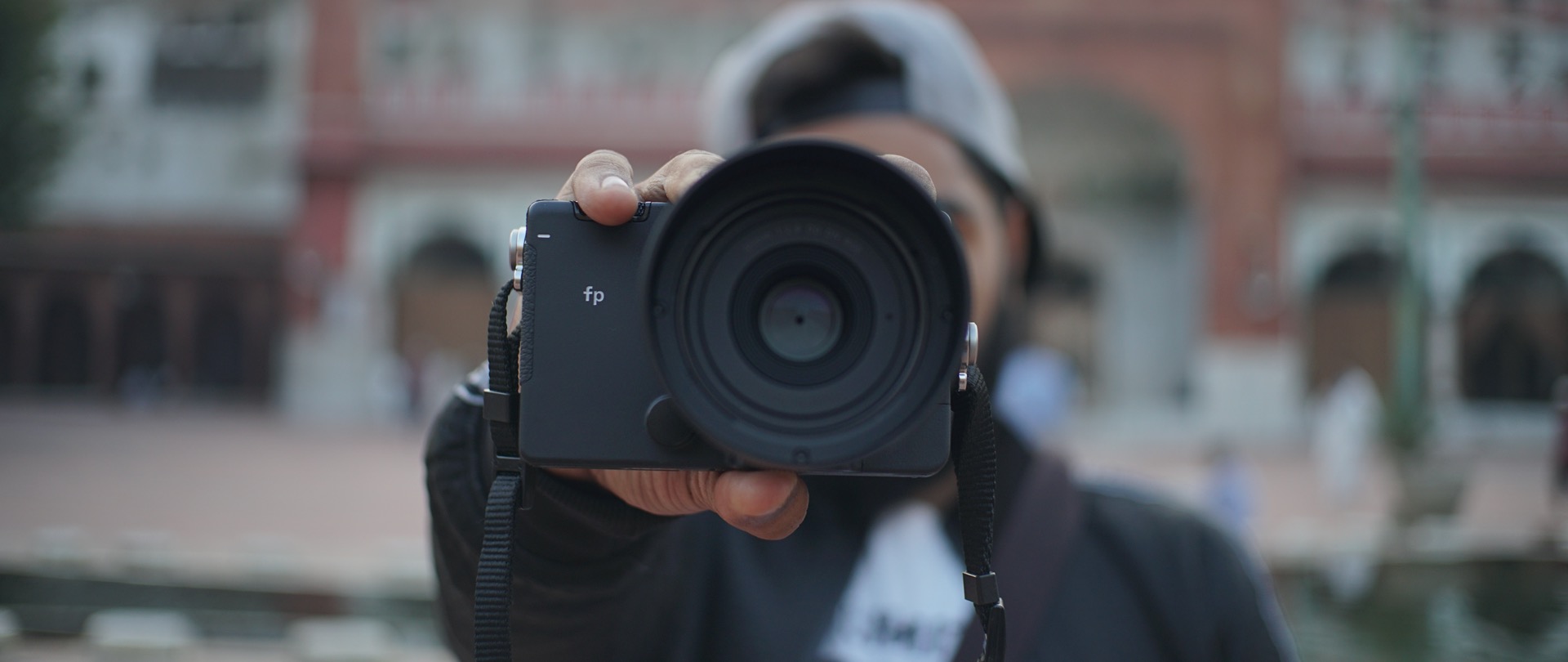TechRadar Verdict
Sigma FP is an impressive first-gen. camera primarily aimed at people starting out in video production. We found it to be great for producing videos and fairly good for creating pictures. Though, we'd suggest photographers to wait for it's sequel.
Pros
- +
Small, lightweight and compact
- +
Weather-proof body
- +
Full-frame sensor
- +
High ISO range
- +
Impressive video performance
- +
Decent for photography
Cons
- -
No live viewfinder
- -
LCD monitor isn't adjustable
- -
Electronic image stabalization
- -
Poor battery life
- -
Handgrip sold as "accessory"
- -
Erratic autofocus
Why you can trust TechRadar
Sigma, best known for making high-quality lenses and accessories, announced a full-frame camera - the Sigma FP. What’s so special about the Sigma FP is that it is the world’s smallest full-frame mirrorless camera and is designed keeping in mind the needs of professional filmmakers and cinematographers.
The Sigma FP is loaded with cinema-grade capabilities and photography features and is also supremely lightweight at 370 grams.
As typical with most full-frame mirrorless cameras, it is priced slightly higher at Rs 2,15,000 for the body in India. We used the 45mm Sigma Contemporary lens with this camera, which costs an additional Rs 35,000. So the basic package will cost you Rs 2,50,000 at the very least.
Design
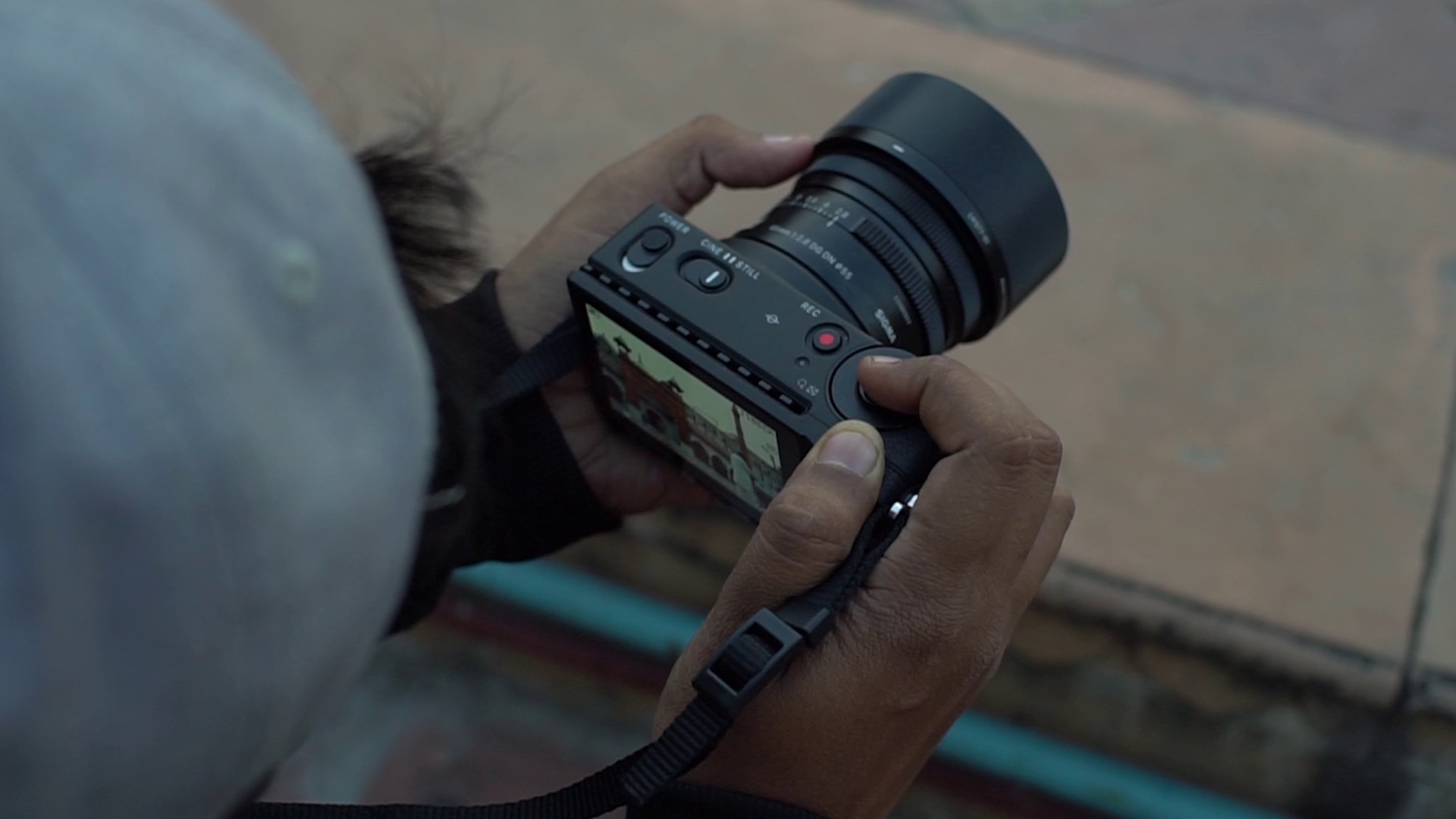
The body is made from aluminum giving it a robust feel and also helps in heat management. The Sigma FP is also dust and splash-proof with waterproof sealing across 42 points in the body.
Its box sized design is very modular and can be attached to accessories according to the needs. Although we won't suggest it, you can also slide the camera body into your pocket due to its compact form-factor. As a downside, though, the camera doesn’t have a hand-grip, and users will have to attach an external one if needed.
Sigma has tried to keep the design very minimal but efficient, which immediately appeals to your hands while using it. There are a lot of functional buttons and control toggles that make it very user-friendly.

On the top, there is a big power switch, a Cine-to-Photo mode switch, a dedicated video recording button and a shutter button tucked in the control dial.
Sign up for breaking news, reviews, opinion, top tech deals, and more.

At the side of the camera, there are three ports- USB Type-C, HDMI, a microphone input, and a 6-pin terminal slot.
The shoulder strap is attached to either side of the camera and is held in with quarter inch screws. So, if you remove the strap, you’ll be left with three standard tripod mounts for attaching accessories and mounting the camera on a tripod.
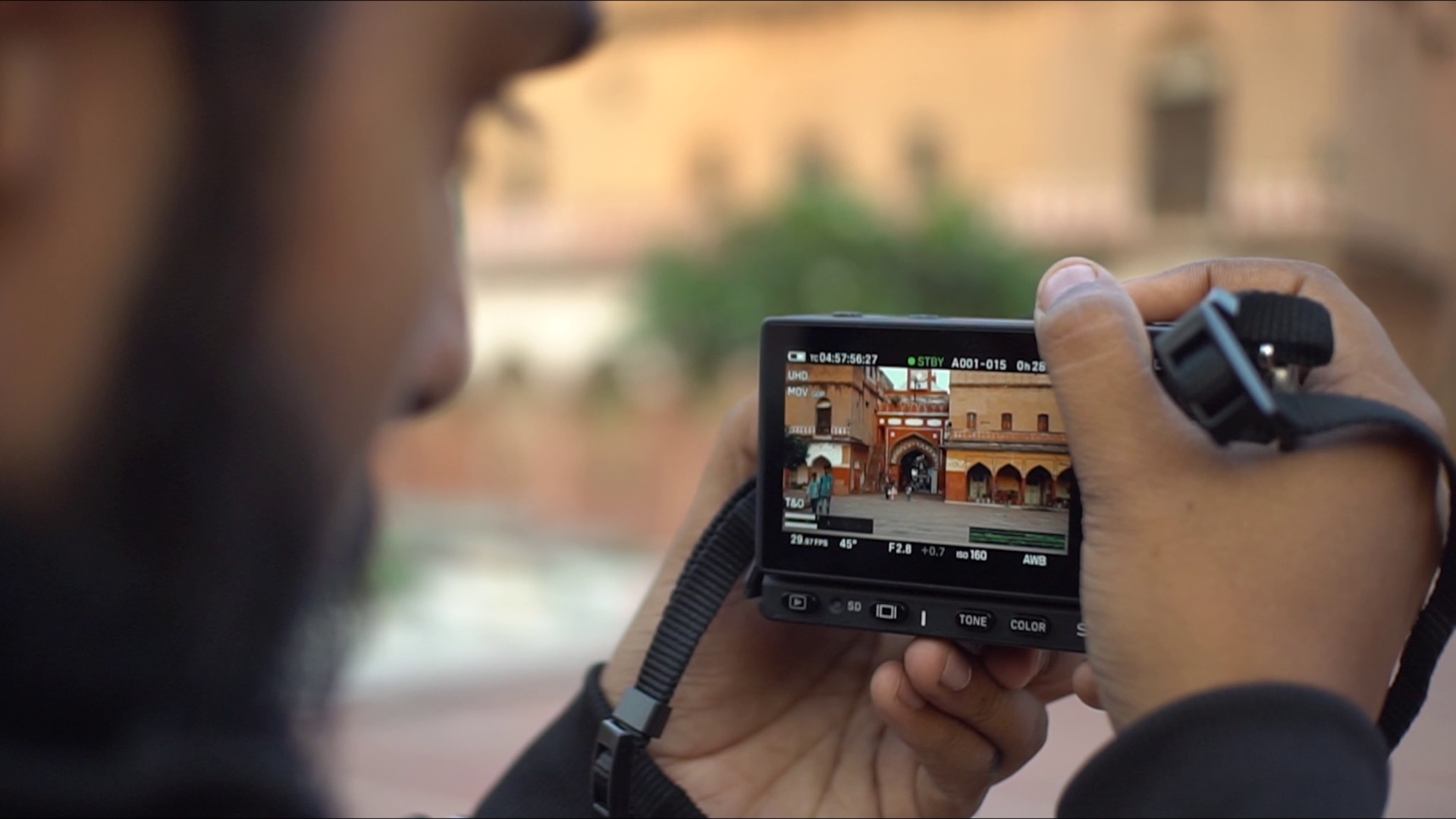
Sigma FP features a 3.1-inch LCD monitor, which is touch-sensitive, though only partially. We say that because you cannot use it to control menu items, which is the reason behind the wide selection of physical buttons on the back. Otherwise, it is a big and bright screen surrounded by various controls.

There’s the Auto Exposure lock button followed by a Quick Selection button, a Dpad, Menu, Playback, Display, Tone, Color and mode buttons.
For testing the camera, we shot in low light environments such as an underground car parking and a busy market full of natural light. We tried using multiple modes and color tones provided, but for some reason, we kept coming back to Teal & Orange and monochrome tones.
Performance
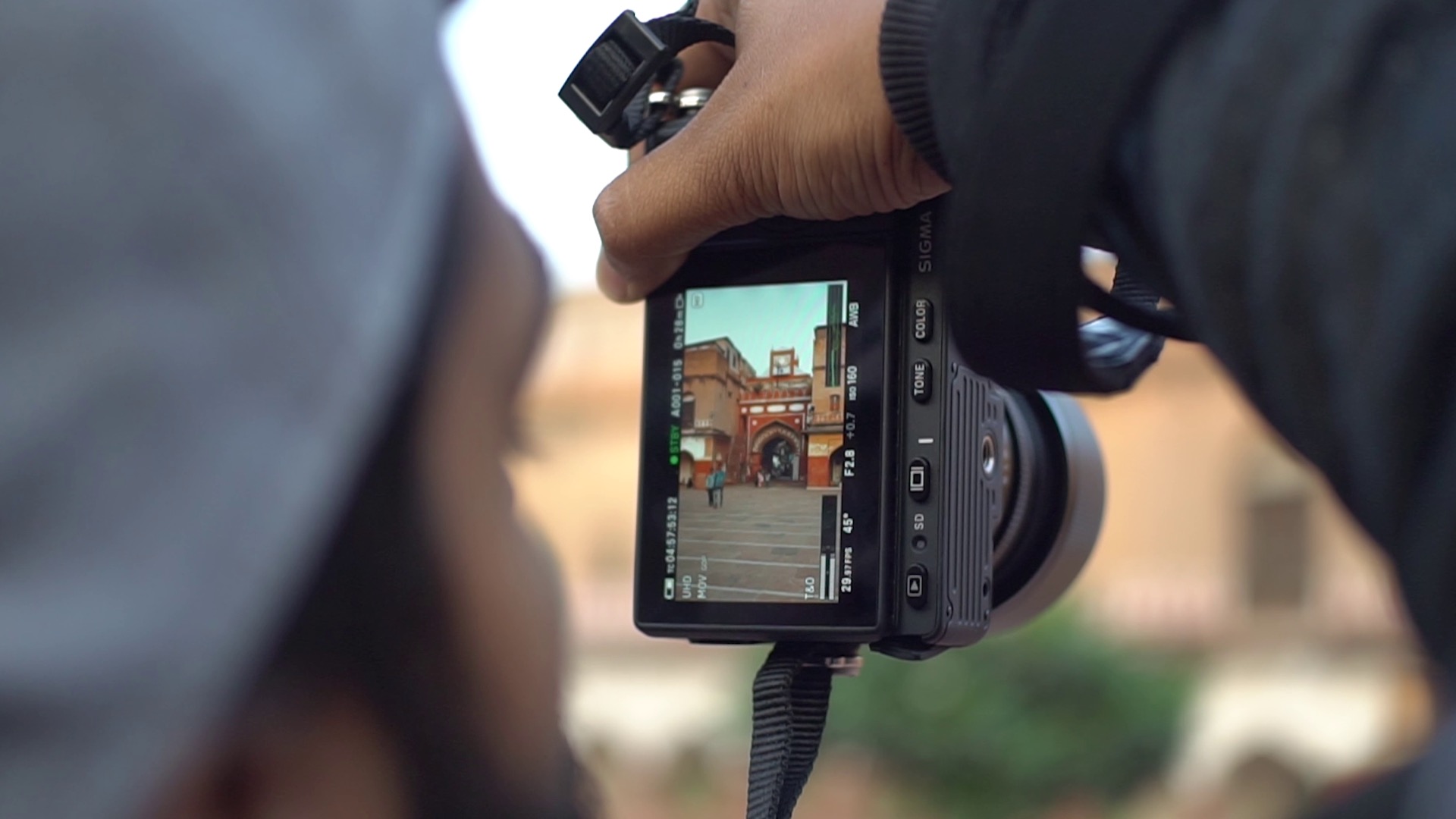
Sigma FP uses a 24.6MP CMOS sensor with the Bayer filter and can also record 12-bit CinermaDNG RAW to an external recorder.
The camera supports ISO range of up to 25,600 and has a maximum shutter speed of 1/8000 seconds.
It can shoot high burst photos at 18 frames per second, thanks to the use of an electronic shutter. For still images, the camera can take up to 12 or 14-bit RAW Digital Negative (DNG) pictures.
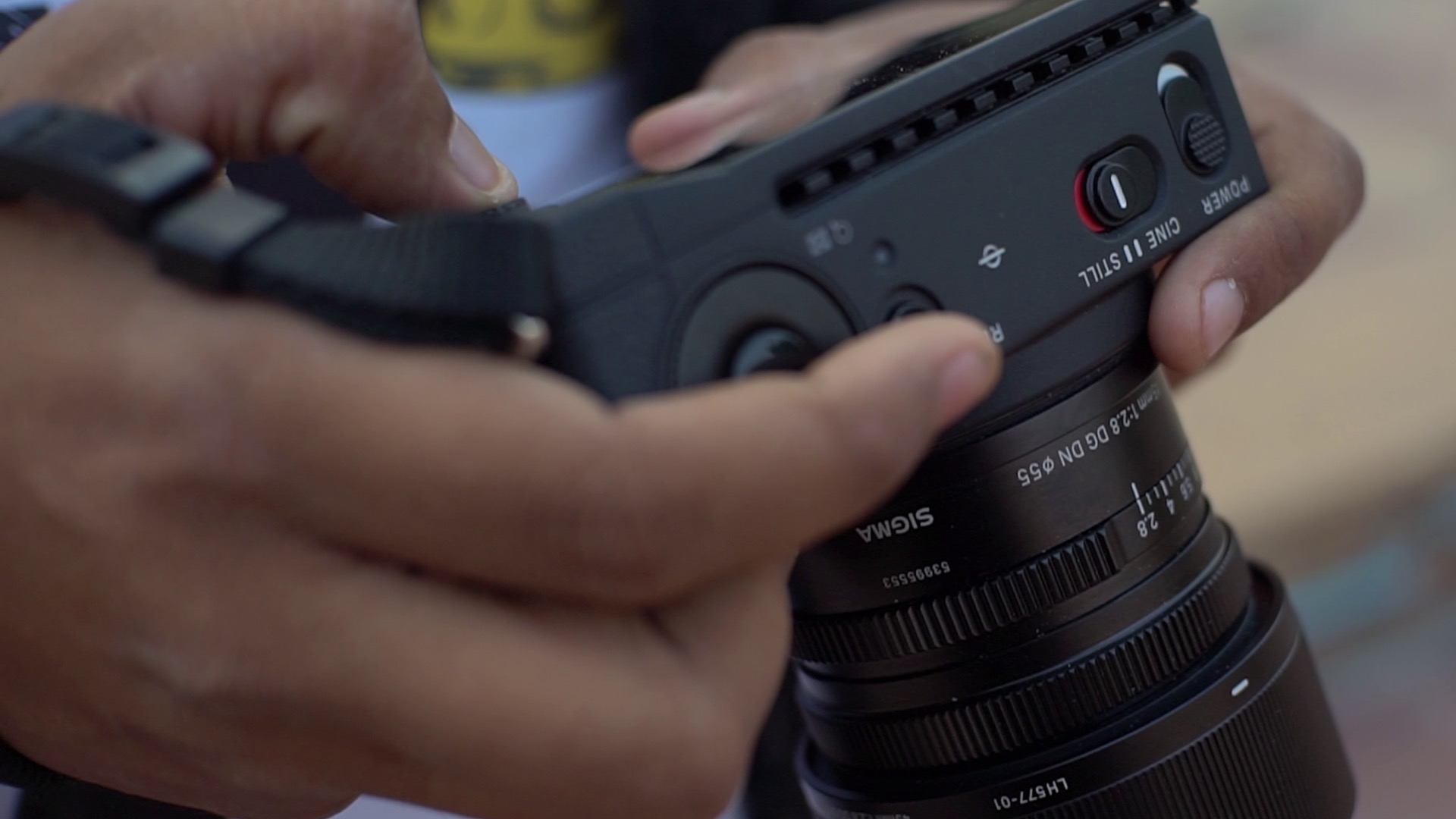
We found it to be reasonably good for photos. The pictures we shot came out to be sharp and retained color depth very accurately. And the different color tone presets provided in-camera are decent for photographers and Instagrammers.
Sigma FP is excellent for video as it can record up to 4K 12-bit CinemaDNG at 24fps, and while shooting in Full HD, it can shoot at up to 120fps. The camera can also record 4K in MOV format using the H264 codec at 30fps. However, you’ll need an external SSD to work the Sigma FP up to its full potential.
The camera can shoot at a shutter angle, which is great for filmmakers. We were particularly impressed by the performance of this camera while shooting in low light with crisp details and accurate colors.
As you may have noticed by now, the Sigma FP doesn’t come with a live viewfinder, and instead, a Director’s Viewfinder is available as an accessory. Now, this is something fundamentally different from standard cameras as users are left with just the screen to compose a frame. And it can be a tedious task for users in some conditions.
The camera has an electronic image stabilization system as opposed to a dedicated one, which is a bummer.
The Sigma FP has a 1,200mAh battery that is claimed to last for around 280 images or 70 minutes of continuous recording. In our use, we only got around 50 minutes' worth of battery life when shooting both photos and videos. That number will go down when shooting continuous videos.

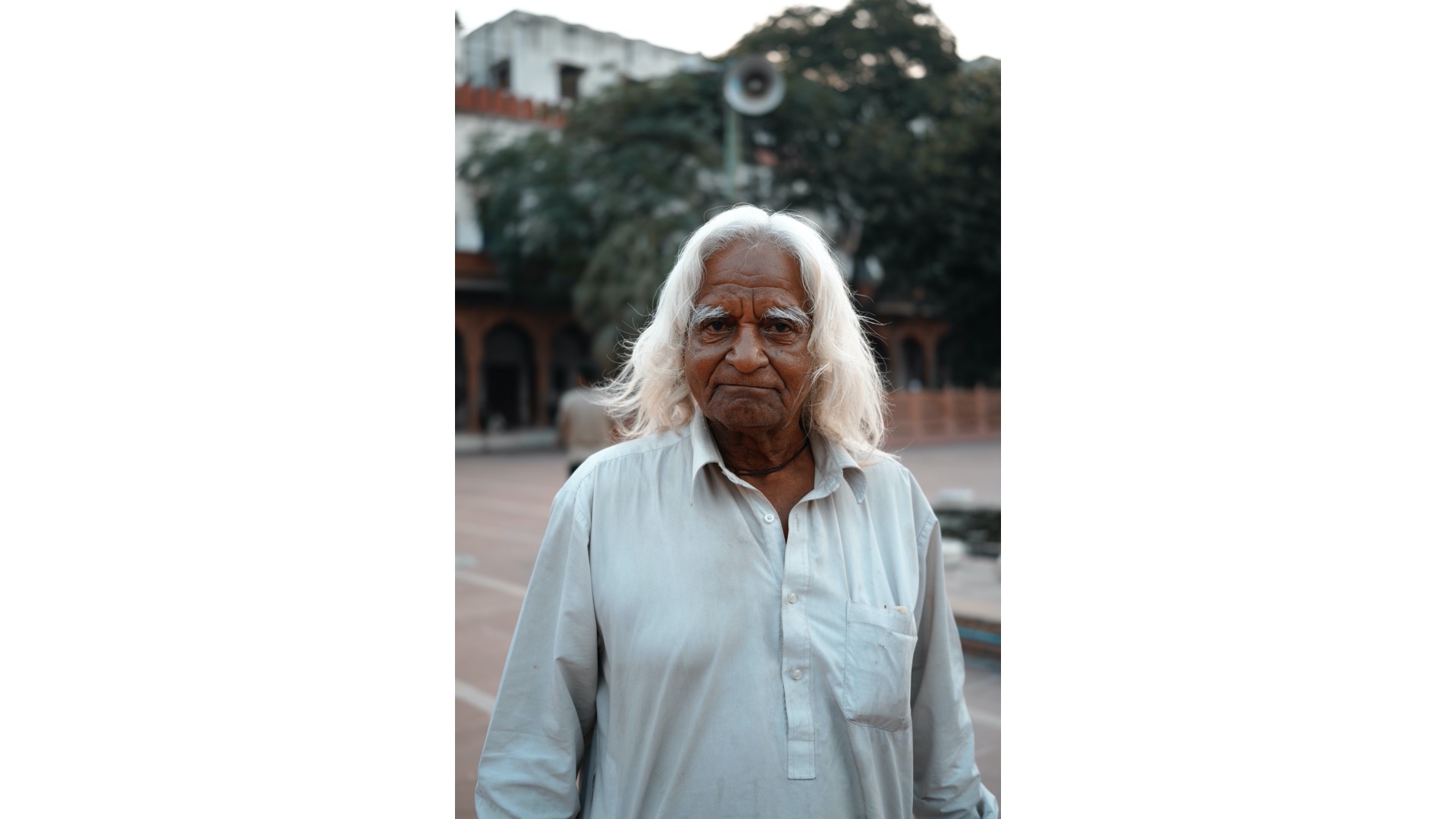
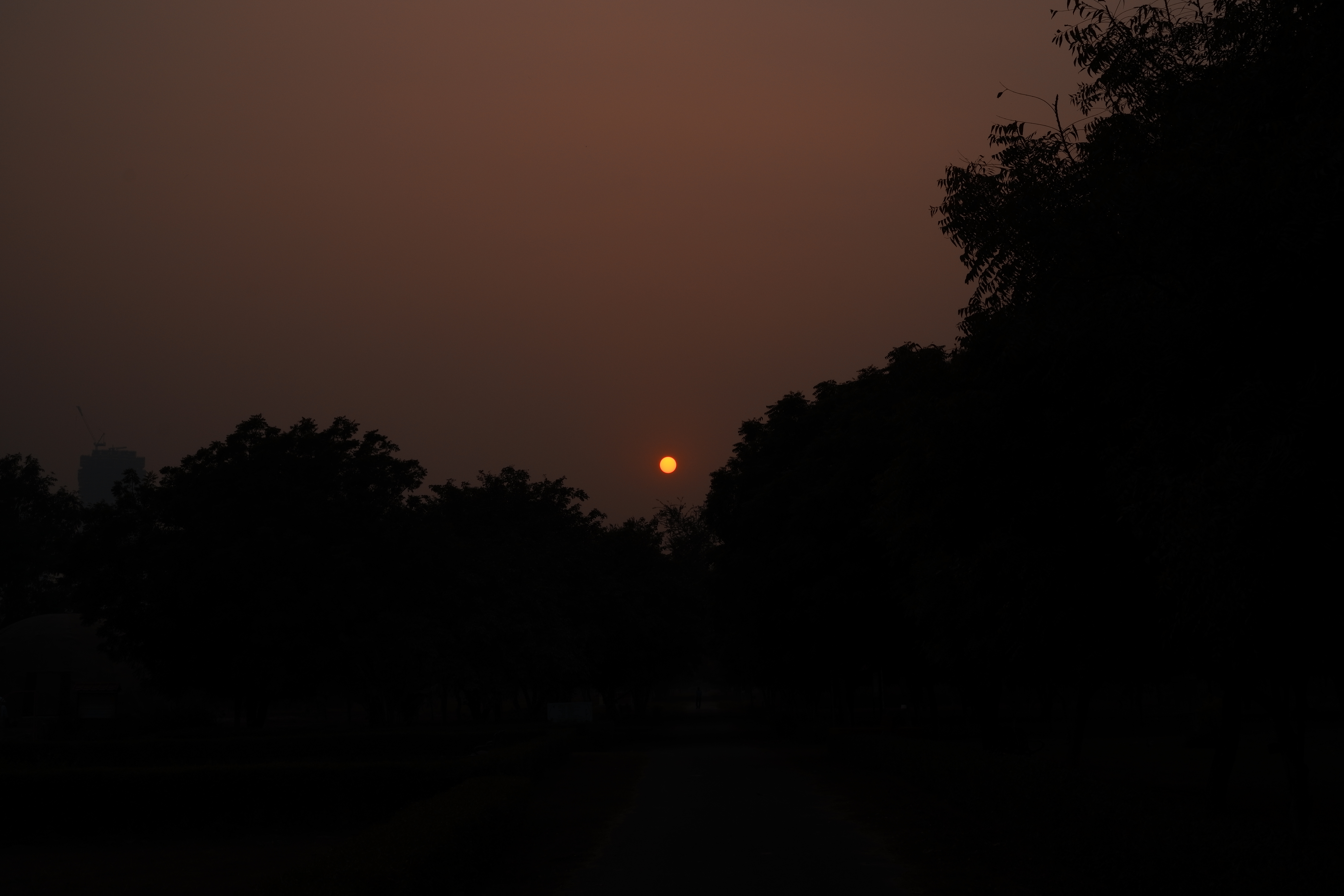
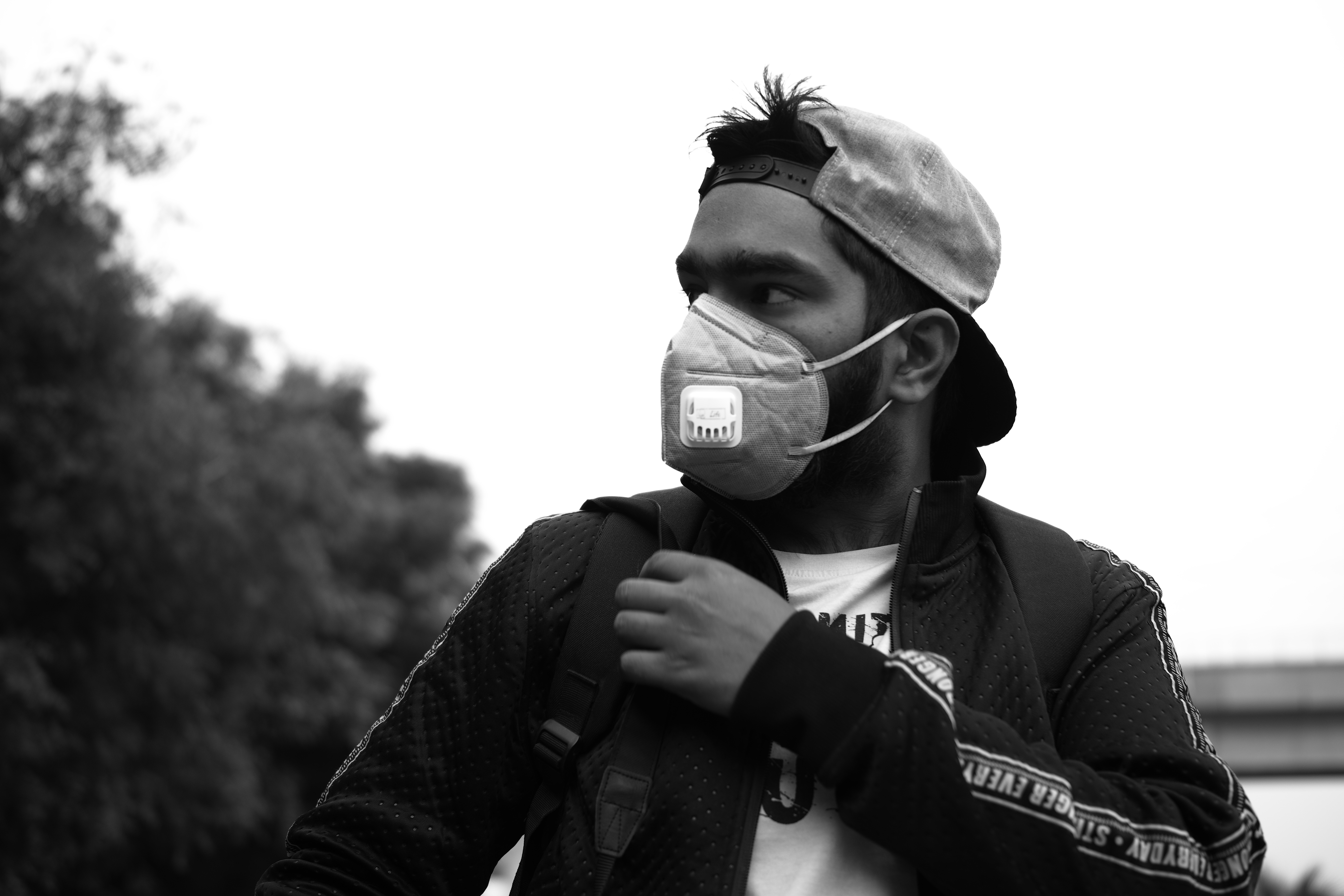



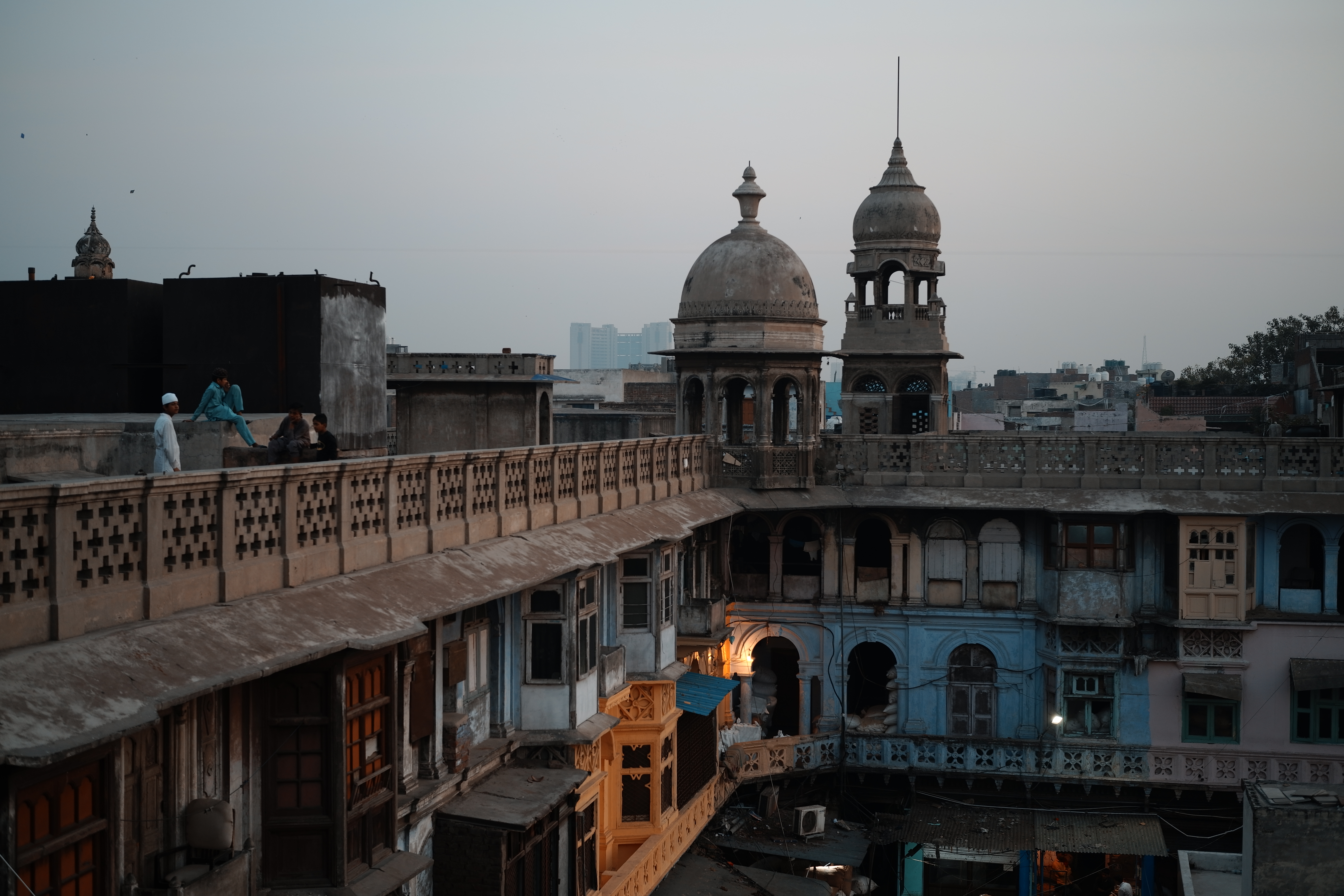

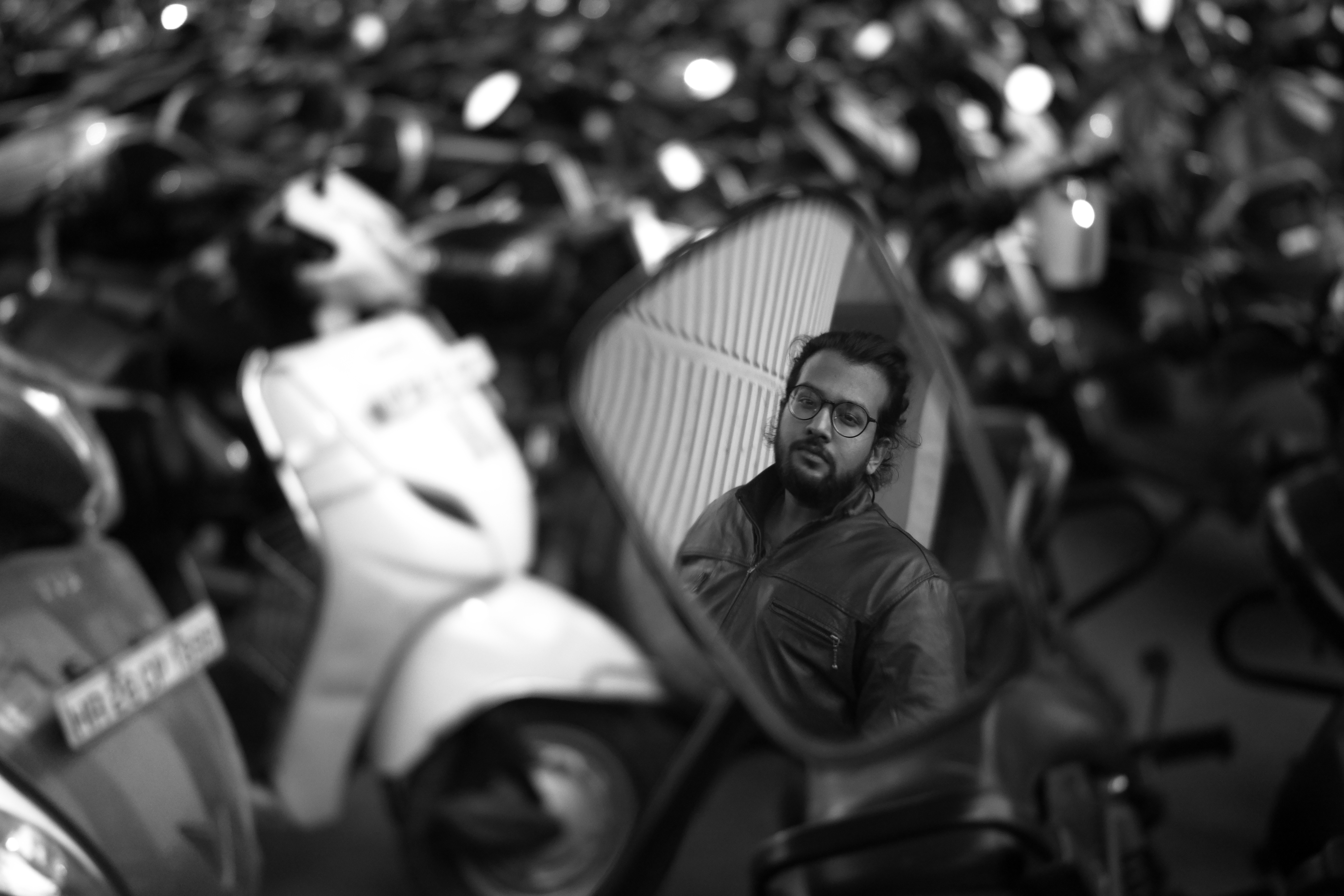
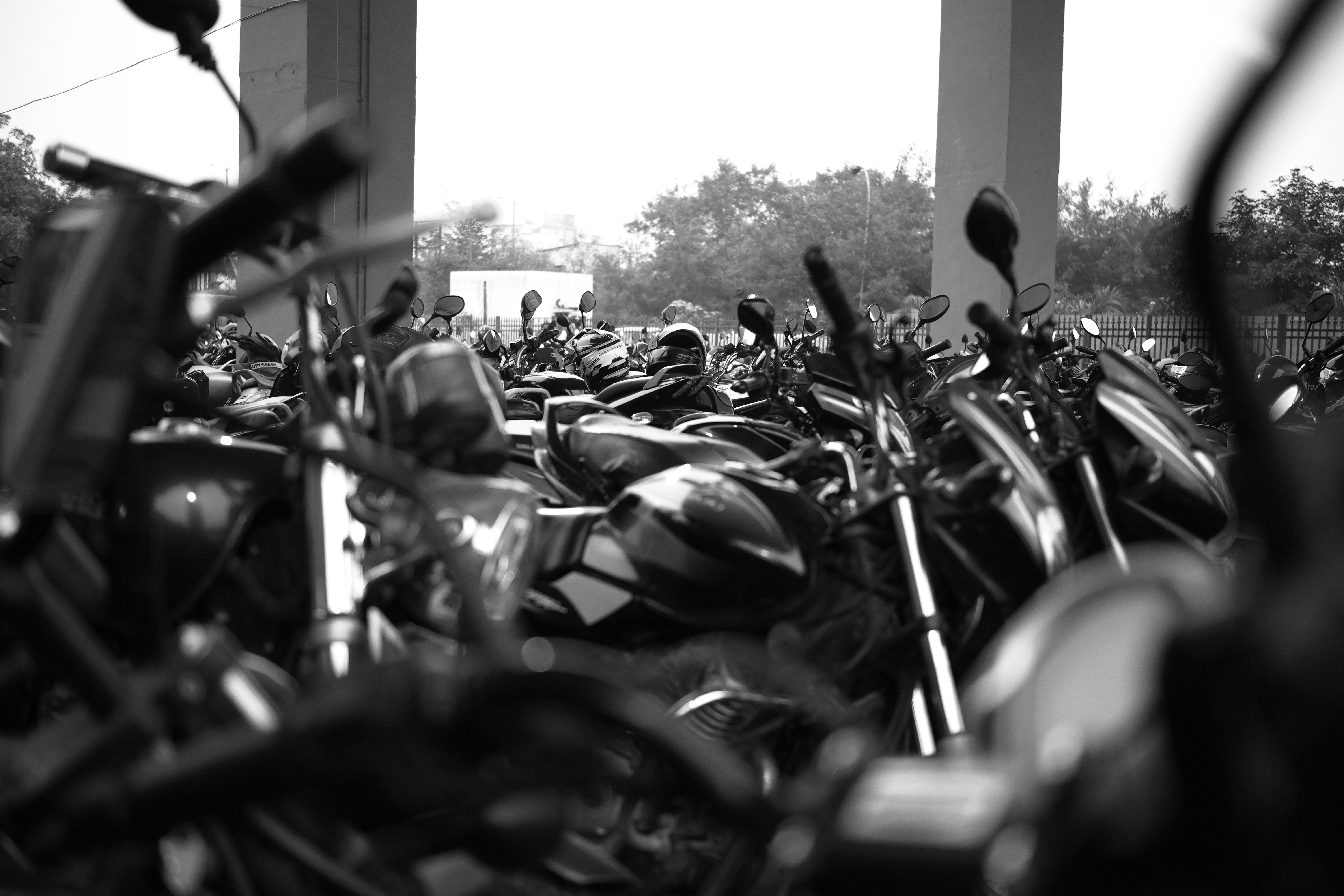

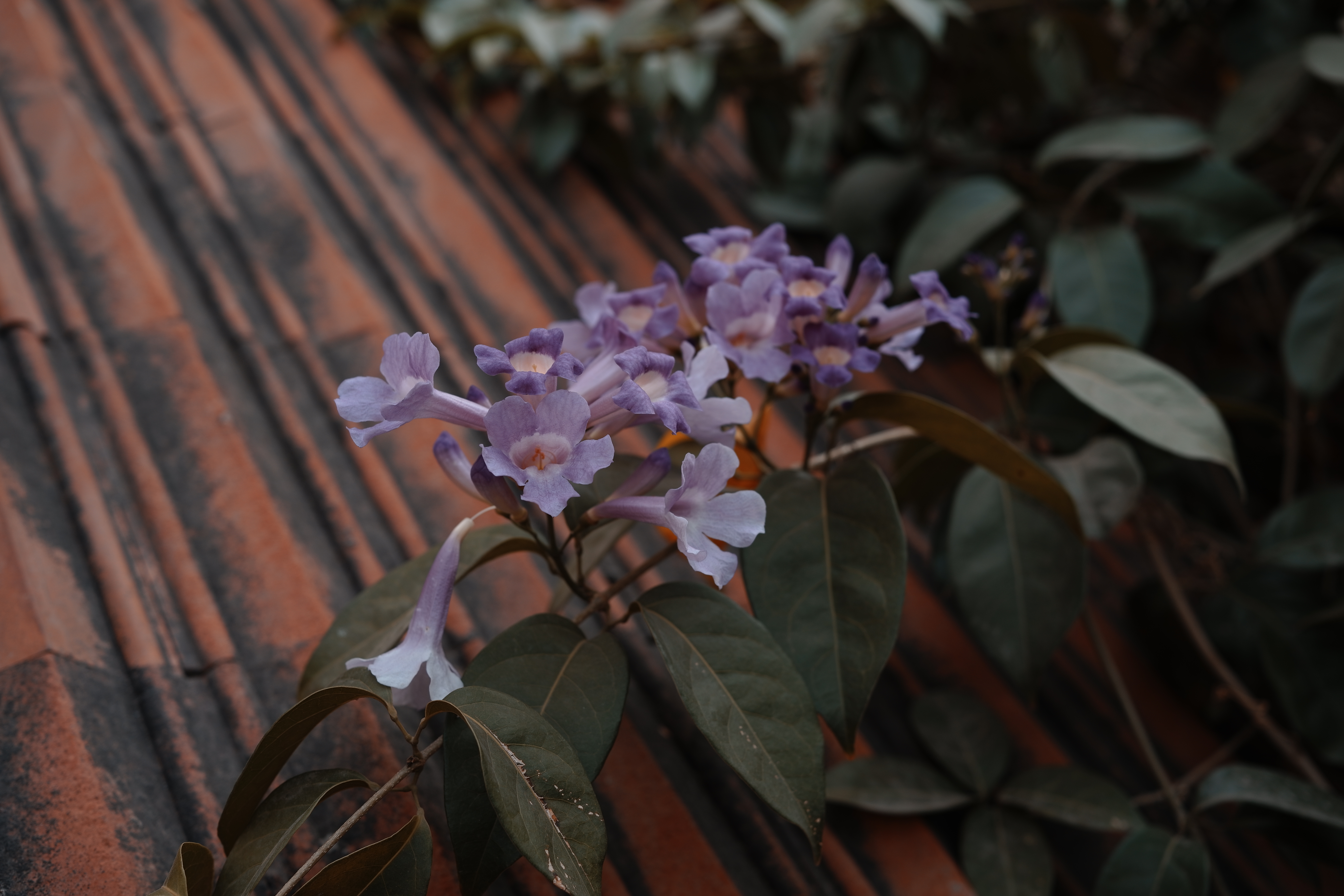

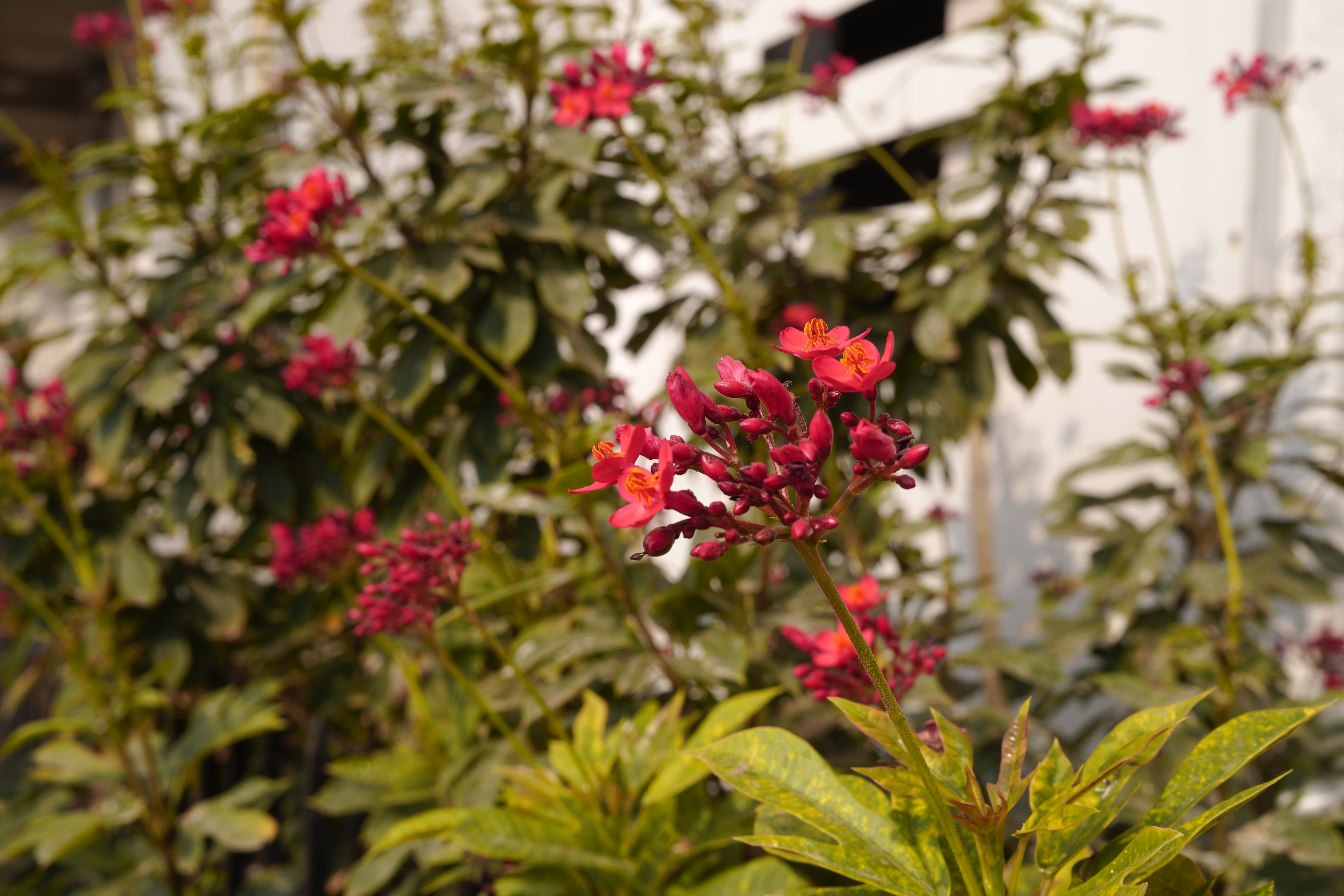

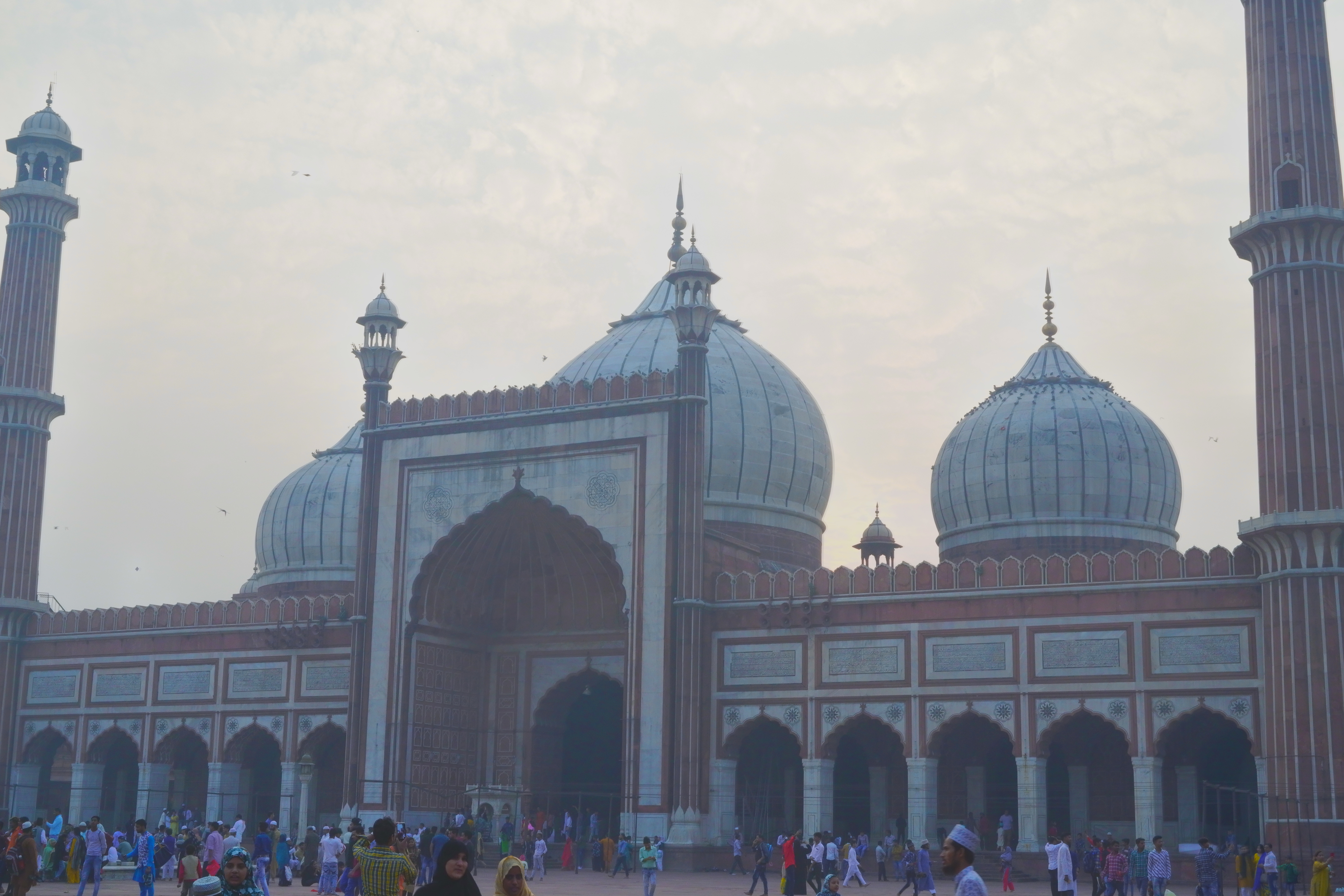
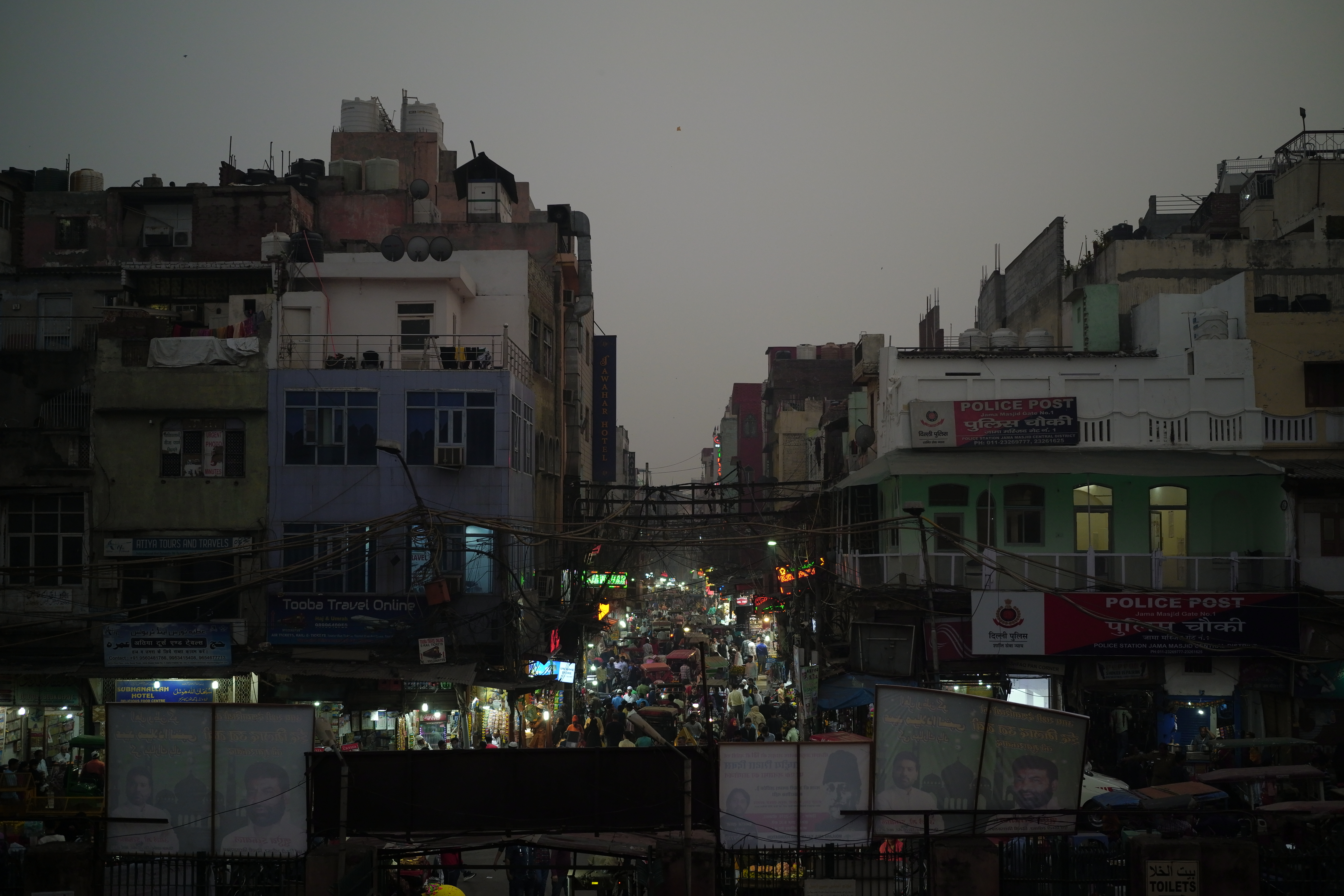
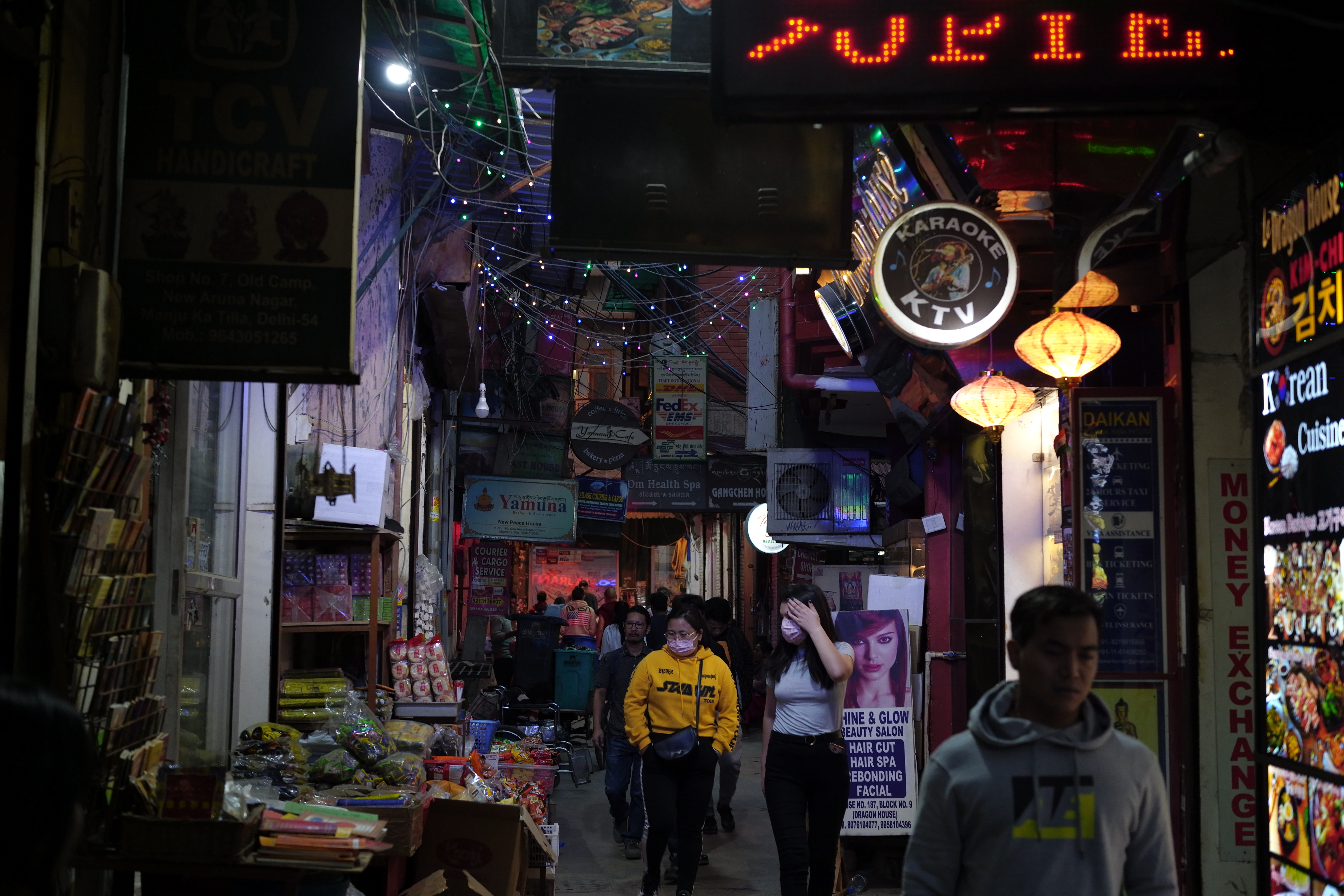






Verdict
Overall, Sigma FP is an excellent first-generation camera that is good for novice filmmakers who are just getting into production. Having said that, photographers can wait for the sequel to the Sigma FP.
We believe Sigma will work upon this camera and upgrade certain features that will make it a balanced offering, for pictures and videos. Right now, its a convenient and compact camera that works best when paired up with accessories or rigs.
At its price, however, the Sigma FP goes up against full-frame models from established mirrorless brands, such as the Sony A7R 4, the Nikon Z6, and Canon EOS R.
- Also check out our video review of the Sigma FP below

- Siddharth Chauhan is the Consumer Technology Reporter at Digit India. He used to work as an Assistant Editor at TechRadar India
